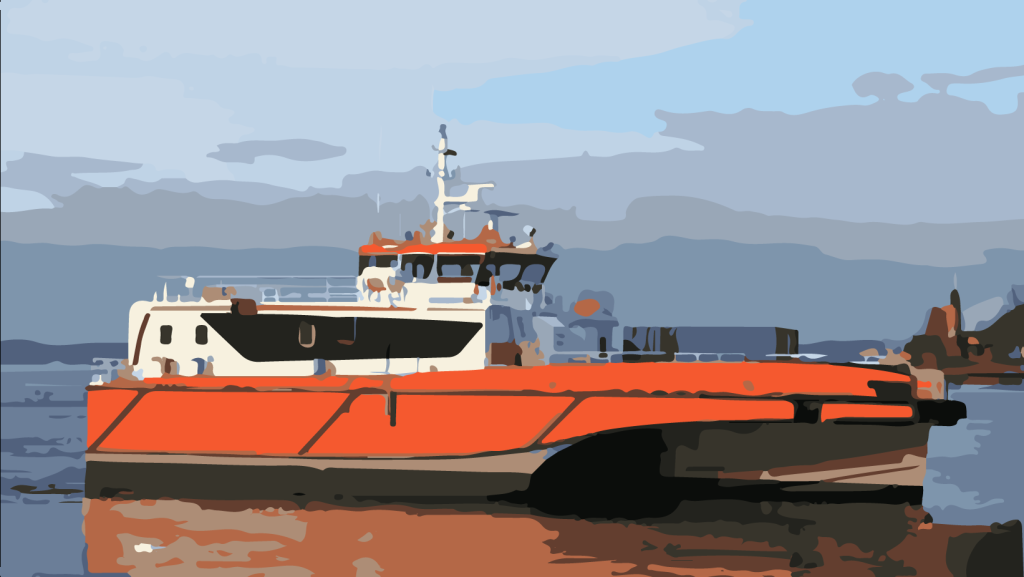Find any ship to charter
Charter a Ship
Find Offshore Vessels, Tankers and Bulk Carriers to Charter by Searching Our Current Inventory
At Chartership.com, we simplify the process of finding and chartering vessels with our comprehensive and up-to-date inventory. Whether you need a supply vessel, a tugboat, a oil Tanker, a bulk carrier, or an LNG carrier, our platform allows you to easily search and compare a wide range of available options. We connect you directly with vessel owners and operators, ensuring a seamless and efficient chartering experience. With our constantly refreshed listings, you can trust that you’re accessing the latest and most relevant options to meet your specific needs.
Featured Vessels
Offshore
Cargo Ships
Tankers
Tugs
94m Platform Supply Vessel with FiFi1/DP2
Platform Supply Vessel
94.3 m LOA
2011 YOB
5,136 tons DWT
Brazil
East of South America
84m AHTS near North Russia
Anchor Handling Tug Supply
84.5 m LOA
2014 YOB
2,691 tons DWT
Russia
North Russia
Active Regions
United Kingdom
34 Listings
United Arab Emirates
60 Listings
United States
59 Listings
58,584T dwt Handymax Bulk Carrier
Bulk Carrier
183.0 m LOA
2010 YOB
58,584 tons DWT
United Kingdom
UK Coast
26knots 25m Crewboat near UK Coast
Crewboat
25.1 m LOA
2012 YOB
24 tons DWT
United Kingdom
UK Coast
26m Catamaran Crewboat near UK Coast
Crewboat
25.6 m LOA
2015 YOB
30 tons DWT
United Kingdom
UK Coast
27m 26knots Crewboat near UK Coast
Crewboat
26.7 m LOA
2018 YOB
25 tons DWT
United Kingdom
UK Coast
© 2025 Chartership.com or its affiliates











